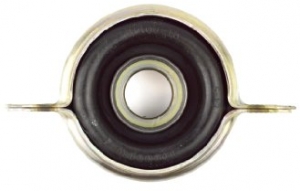-
Welcome to Tacoma World!
You are currently viewing as a guest! To get full-access, you need to register for a FREE account.
As a registered member, you’ll be able to:- Participate in all Tacoma discussion topics
- Communicate privately with other Tacoma owners from around the world
- Post your own photos in our Members Gallery
- Access all special features of the site
AC compressor replacement
Discussion in '2nd Gen. Tacomas (2005-2015)' started by Callipygous, May 7, 2022.


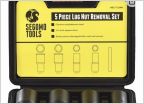 Rusted&stupid rear differential fill bolt
Rusted&stupid rear differential fill bolt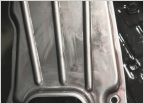 First post and it’s a doozy!
First post and it’s a doozy!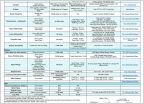 Differential / Transaxle Service
Differential / Transaxle Service Radio
Radio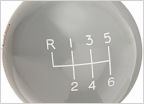 2006 Shifter Knob Removal
2006 Shifter Knob Removal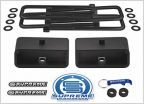 Tapered Lift Block Leveling Kit?
Tapered Lift Block Leveling Kit?







































